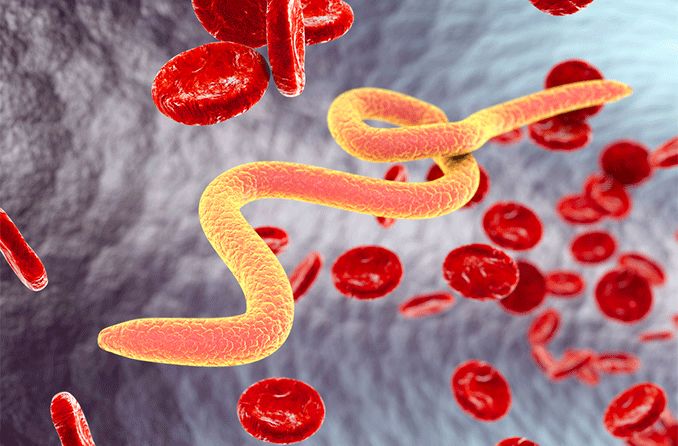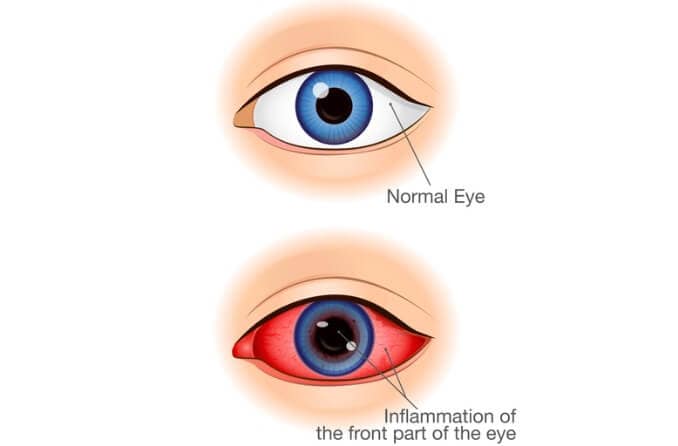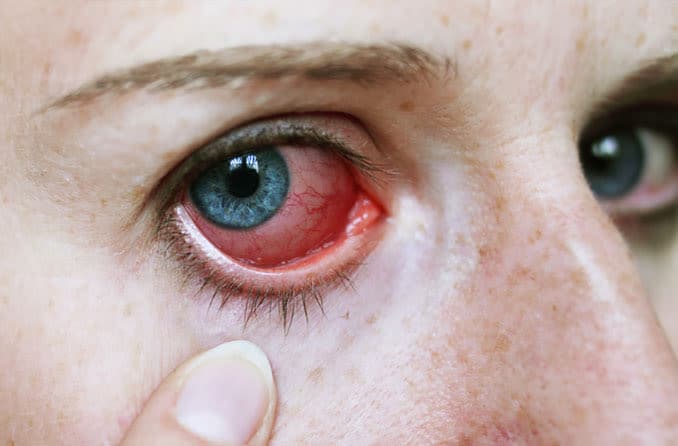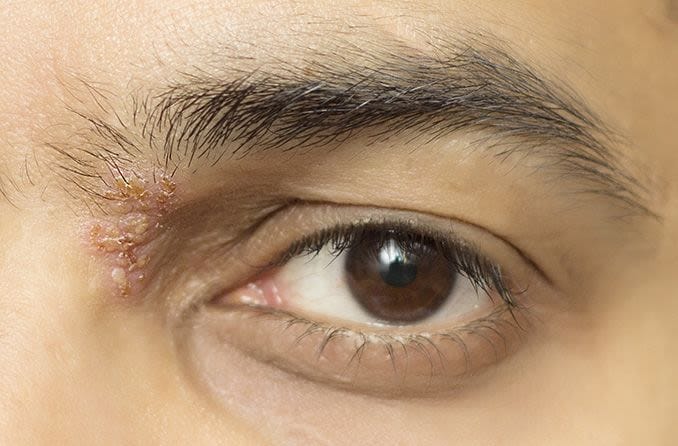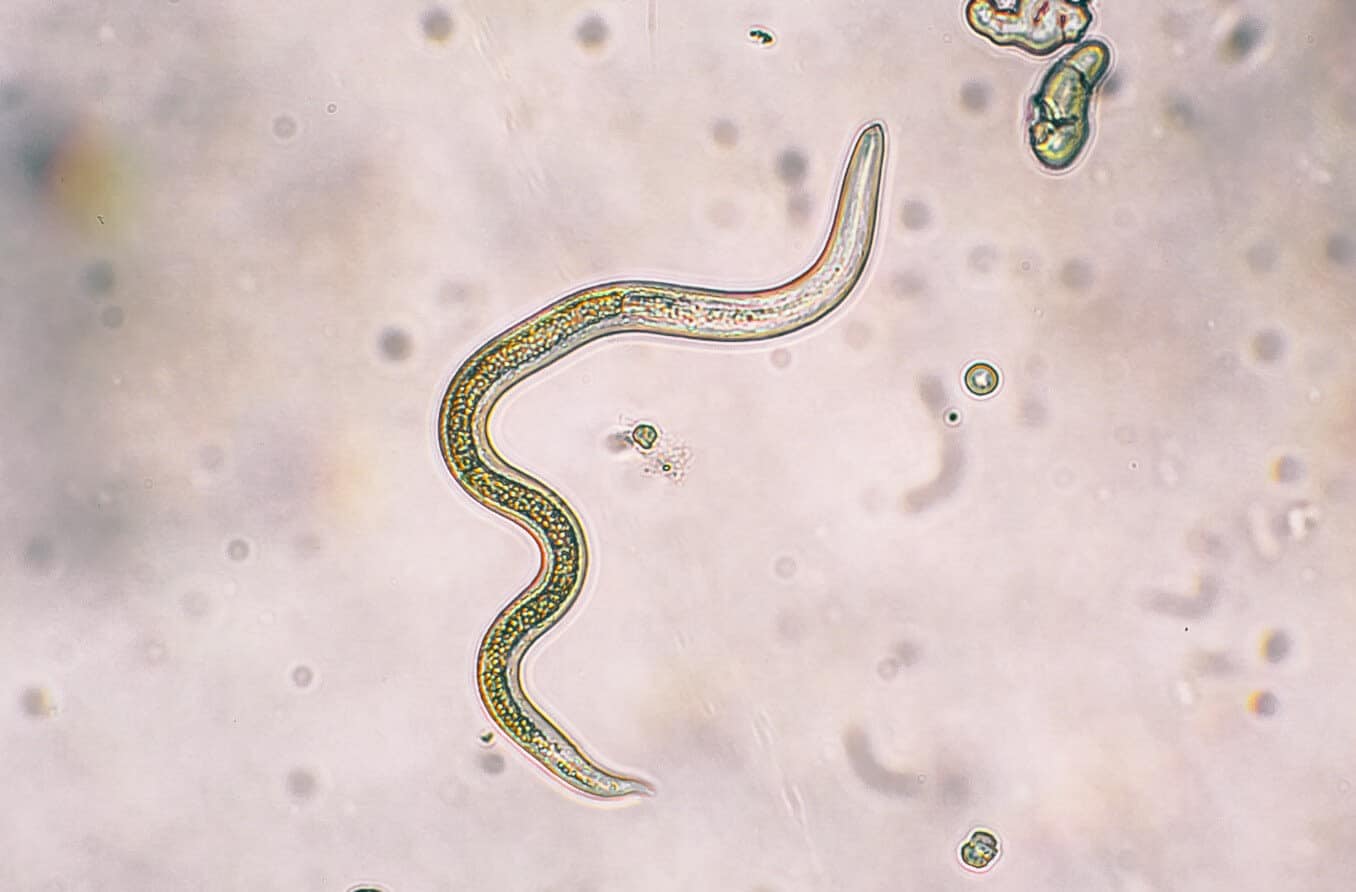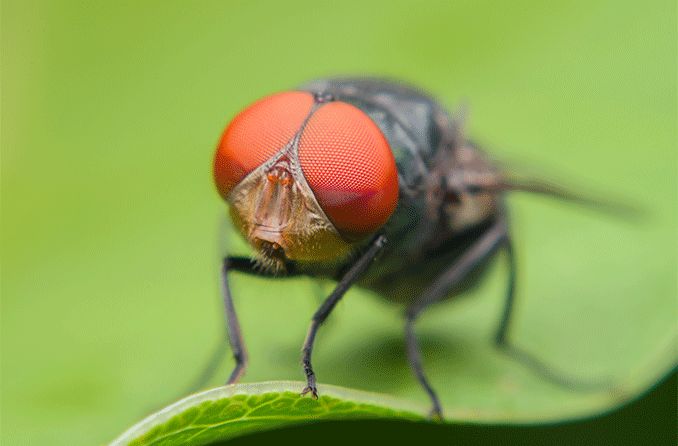Onchocerciasis (pronounced “on·ko·ser·kai·a·sis”), is a disease caused by a parasitic worm called Onchocerca volvulus. The parasite is transmitted through bites from Simulium blackflies, which are known to live and breed near fast-flowing streams and rivers.
Those who are consistently bitten by infected flies may develop an itchy skin rash, sight-threatening eye disease and/or nodules beneath the skin. Treatment for the condition includes persistent administration of ivermectin and doxycycline until symptoms are no longer present.
